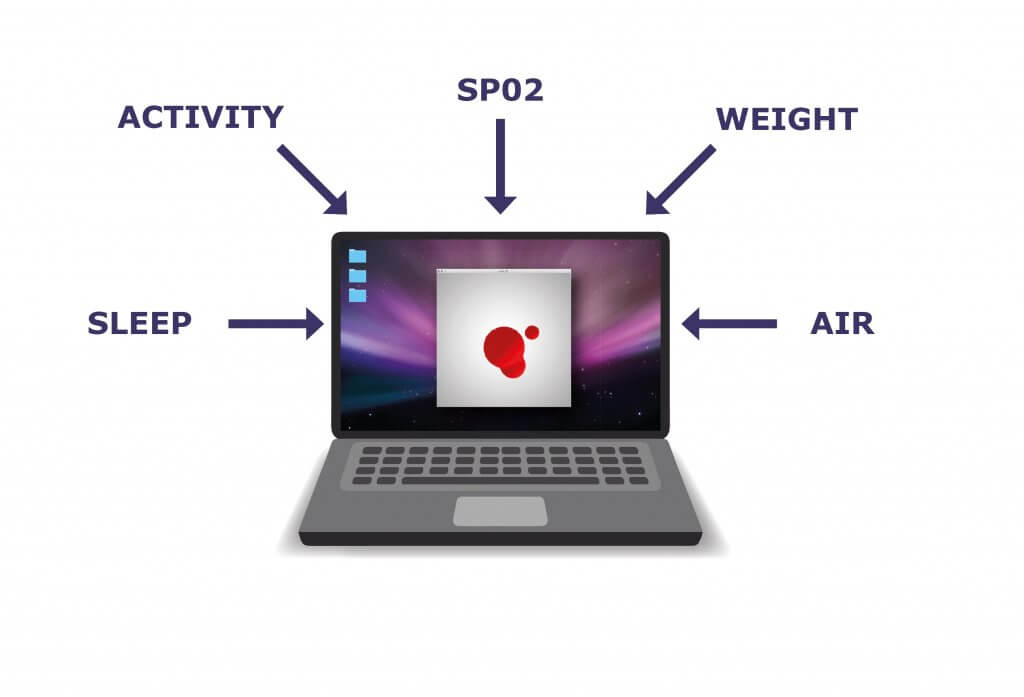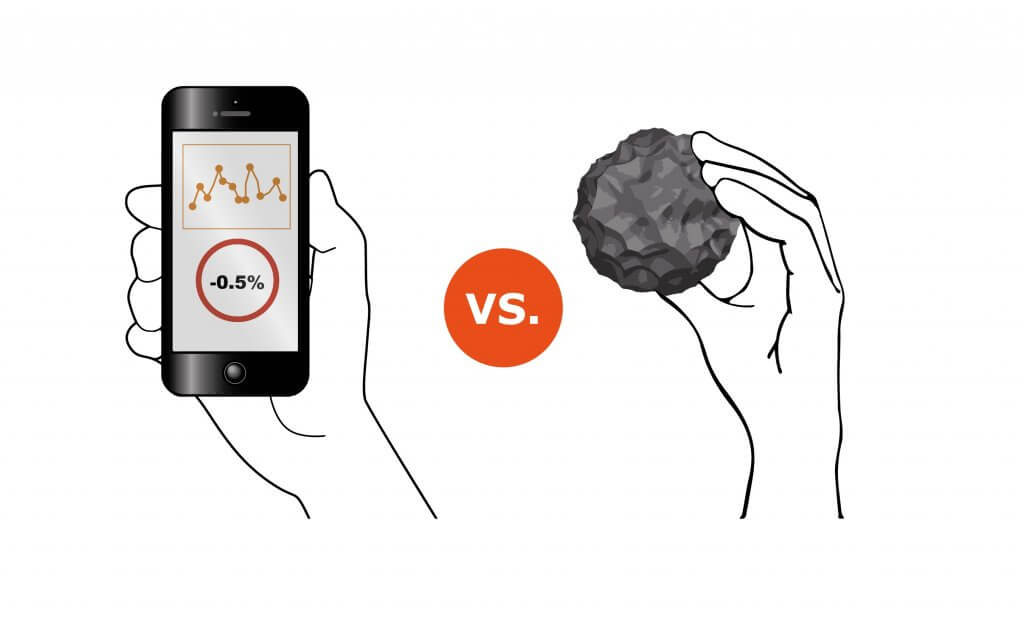This enquiry explores the potential of tangible objects to act as vehicles through which to communicate complex data relating to wellbeing. It uses design to explore how we can represent and convey this data in physical form so that it has meaning to the user.
Funder: Research England
Project Lead: Nick Dulake
Researchers: Naomi Raszyk
This research builds on previous work exploring the use of personal health data to produce tangible artefacts. It uses research through design, as well as an iterative prototyping process to create the interface that pulls together the multiple data sets. This work is a ‘making’ driven enquiry.
Background
The last two decades have seen considerable growth in measurement devices which record physiological function. We recognise that if individuals, or end-users, are able to receive and respond to this data, they can take more ownership over their own health and make any adjustments to adopt healthier habits and lifestyles. However, research also shows that it is not enough just to present these measurements.
For end-users to be able to act on physiological data and adjust their habits and routines, it is important that they understand what it means. By visualising data, users can “summarise data into manageable formats, thus allowing our brains to process comparisons, patterns, and differences much more rapidly” (Gatto 2015).
A challenge from a design perspective is how to represent and convey this data so that it has meaning to the user.
Approach
This research builds on previous work exploring the use of health data to translate into tangible objects. Rather than using numerical data, this exploratory study converted real time data of measurements relating to wellbeing into 3D visuals and physicalized form. We used an iterative prototyping process to create a interface. Through the interface, we were able to build models which could then be printed using 3D printers.
Data sets

Data was collected from five sources: internet-enabled weighing scales; a smart watch that allows us to track sleep patterns and physical activity; an air quality monitor placed in the home; and a custom made pulse oximeter device that records oxygen saturation within the blood (SP02).

The visual language used was so that if the object was disjointed and separated this was not a desired state of wellbeing, however, if the object was whole, this signified optimum conditions.

Compiling data into a physicalized model does not come without problems. Yet being able to push data into the three-dimensional world that we inhabit enables us to move closer to feeling ownership and therefore understanding and interpreting our own personal wellbeing.
Outcomes

The software allowed us to pull together the disparate data sets. We are able to create an onscreen 3D model that can be exported through the software and be 3D printed. This gives the user a chance to integrate their feeling of wellbeing in the palm of their hand.
Next steps
As this research continues to progress there are several points we can reflect on and consider:
- What are the potential applications for tangible data (e.g. in health contexts, environment, etc).
- How might tangible data be integrated into users’ lives?
- How might the use of tangible data encourage positive changes in user behaviour?
This work led to work exploring Air Quality Monitoring in domestic environments, as part of the Future Home research, funded by Research England.
We are looking into the possibilities of how the technology could be used to enable and empower people with multiple chronic illnesses to represent their wellbeing.
This project is ongoing; if you would like to be involved please get in touch by contacting n.dulake@shu.ac.uk
 to top
to top
